Description
SGT-151
SGT-151 is a new legal cannabinoid in all European countries also called CUMYL-PeGaCLONE.
PHARMACOLOGY OF SGT-151
Synthetic cannabinoids (SCs) are novel psychoactive substances that mimic the effects of cannabis [1–3]. These products were sold via online shops and consisted of herbal mixtures sprayed with SCs [3]. Since then, a deluge of chemical variations of SCs has been occurring worldwide due to their synthesis in clandestine laboratories, often based on pharmaceutical research and patents, posing a growing challenge for authorities regarding regulation of these substances [1,3]. More recently, several highly potent compounds have emerged on the drug market, synthesised as stated in the patent application of Bowden and Williamson (“SGT-compounds”). These drugs are characterised by a cumyl substituent, which is attached to an indole, indazole or azaindole structure. One of the first cumyl-derivatives, CUMYL-PEGACLONE, was found in 2016 on the German drug market, being sold under the street name SGT-151 [1,2]. The present study aims to understand what is inside of a SGT-151 package sold in the internet as a ‘research chemical.
The cannabinoid identification was based on its mass spectra using the Cayman database (Chemical C. Cayman Spectral Library, vol. v08302018). GC/MS was the technique used to analyse the compound using a MEGA–5 MS capillary column (0.25 µm, 0.32 mm, 30m). Chromatographic analysis was carried out under the following conditions: injection volume 1 µL and splitless injection at 280 °c. The initial oven temperature was 100 °C for 3 min, ramped to 310 °C at a rate of 30 °C/min and held at 310 °C for 10 min. The MS conditions were as follows: ionisation energy was set at 70 eV; acquisition was carried out in a scan mode range of m/z 30–450. Helium was used as the carrier gas. For purification, a HPLC/DAD, operated by Clarity software, was used with a reversed-phase column. The mobile phase was a solvent gradient system consisting of (A) 5% 10 mM ammonia format and (B) 95% acetonitrile, optimised to achieve the best resolution. The results were recorded at λ = 252 nm.
SGT-151 is similar in many ways to 5F-ADB. However, it has a much higher affinity for the CB1 receptor, at least in in-vitro studies. It is based on the typical JWH-018 four substructure template. Though chemically (and legally) it is distinct as both the ring and the bridge are in the same substructure.
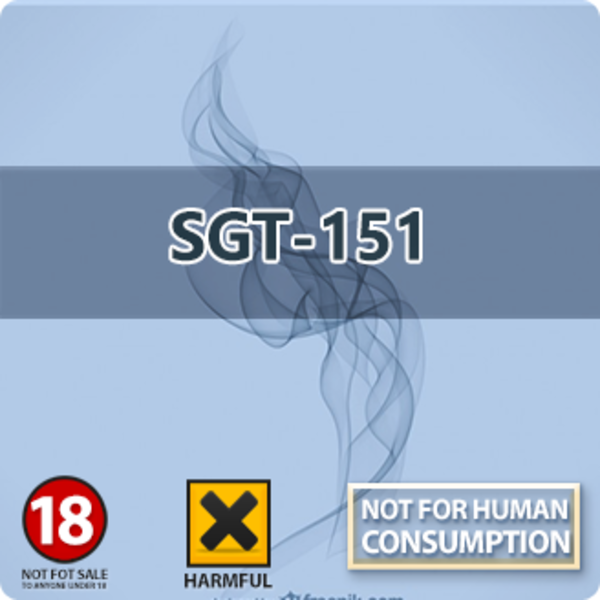
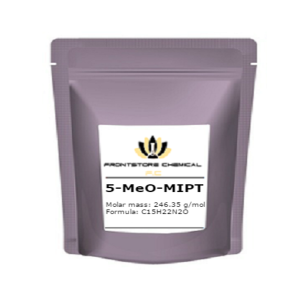
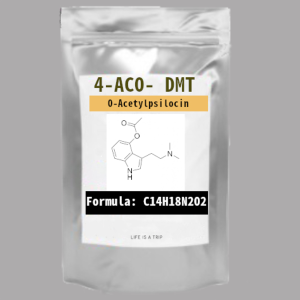

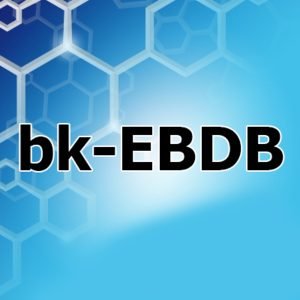
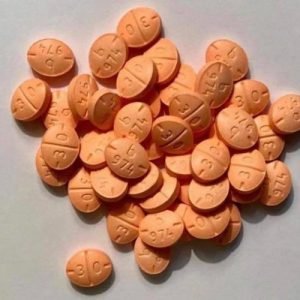
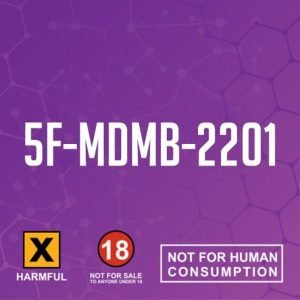


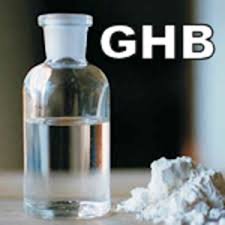
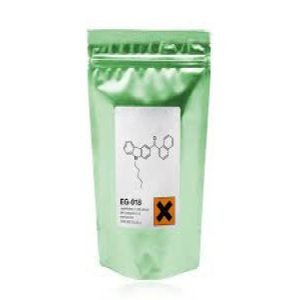
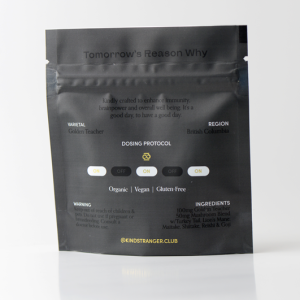
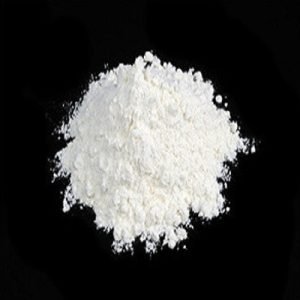
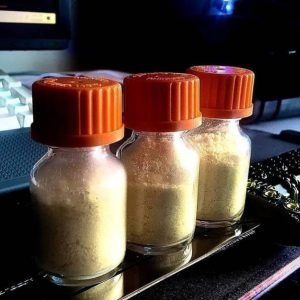
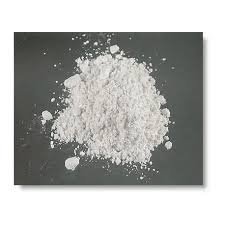
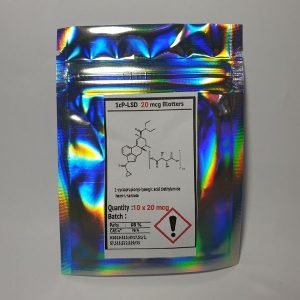

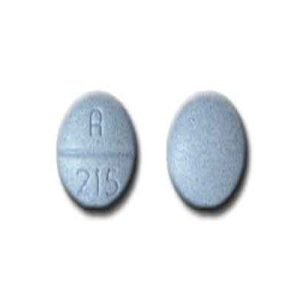
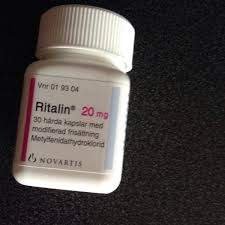
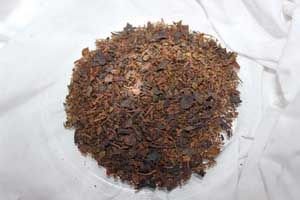
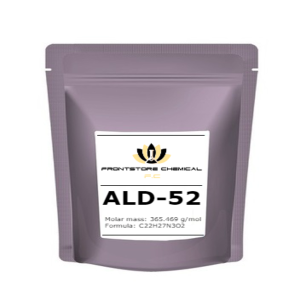
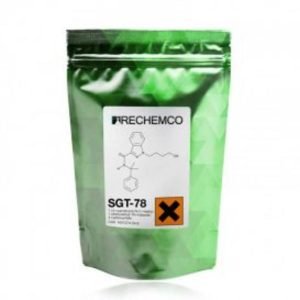
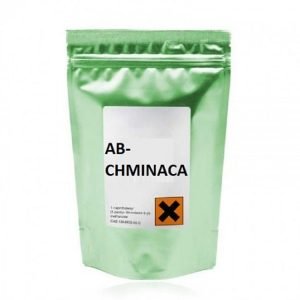
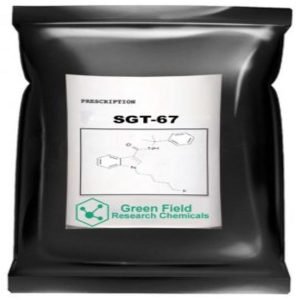


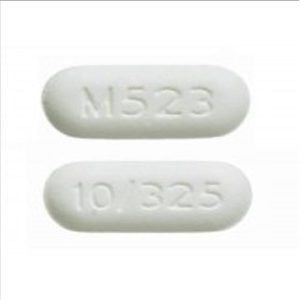

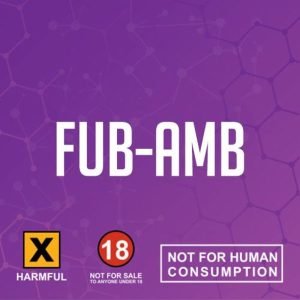






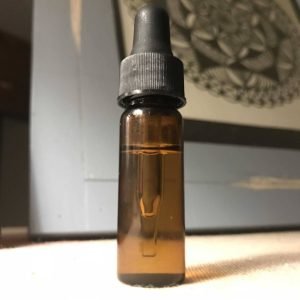
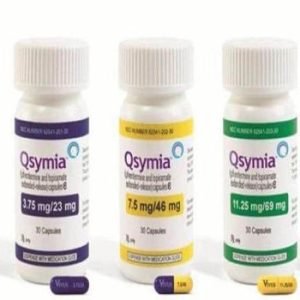

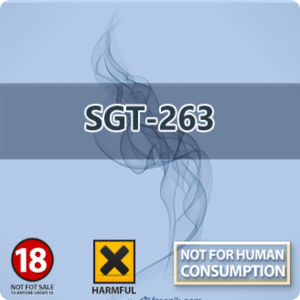


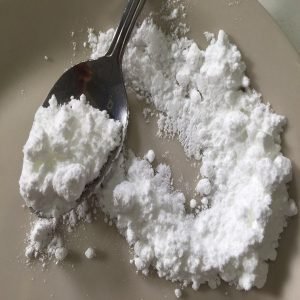
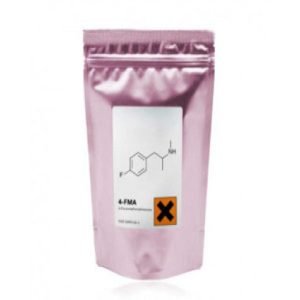
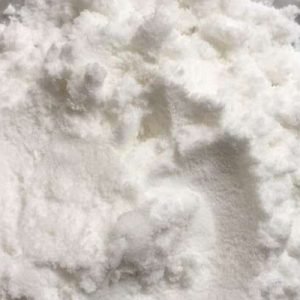
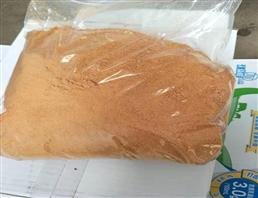





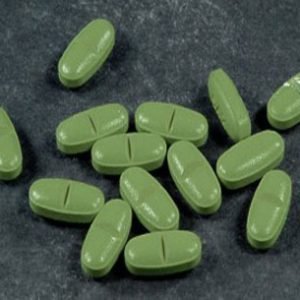
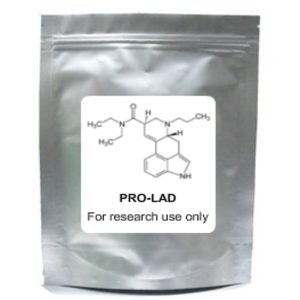
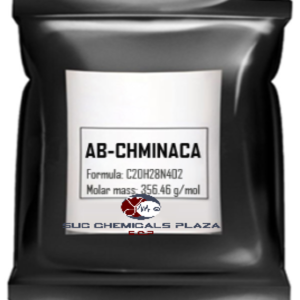


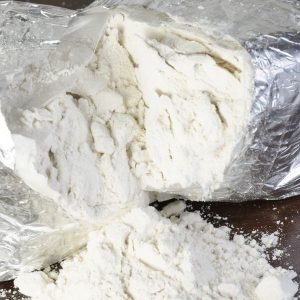

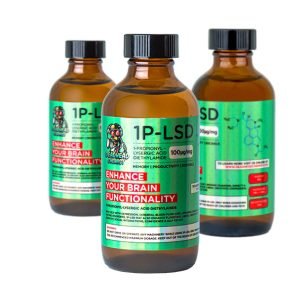
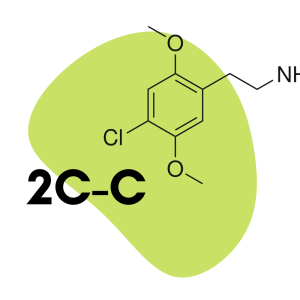
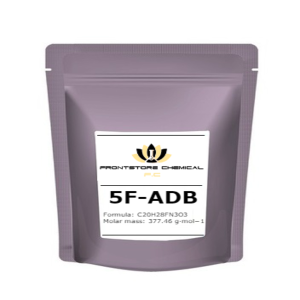
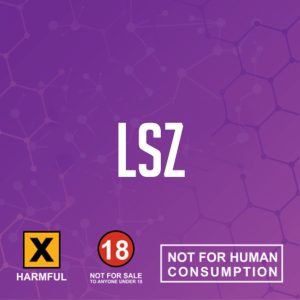

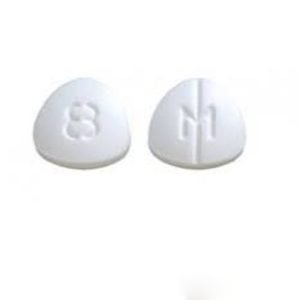

Reviews
There are no reviews yet.